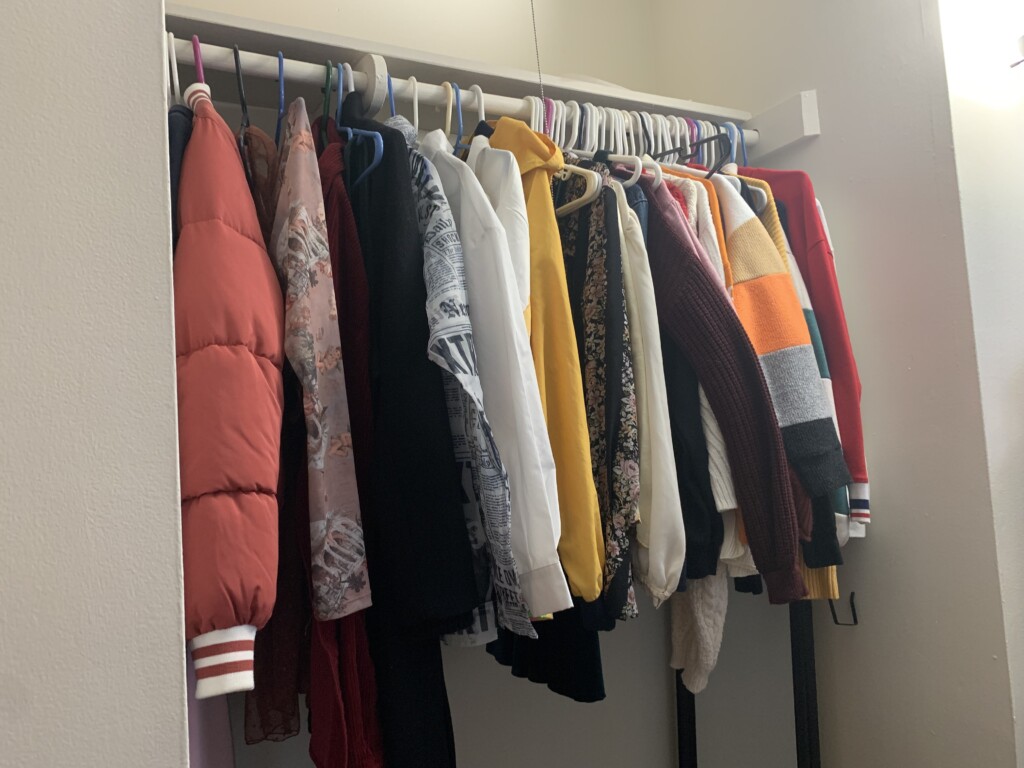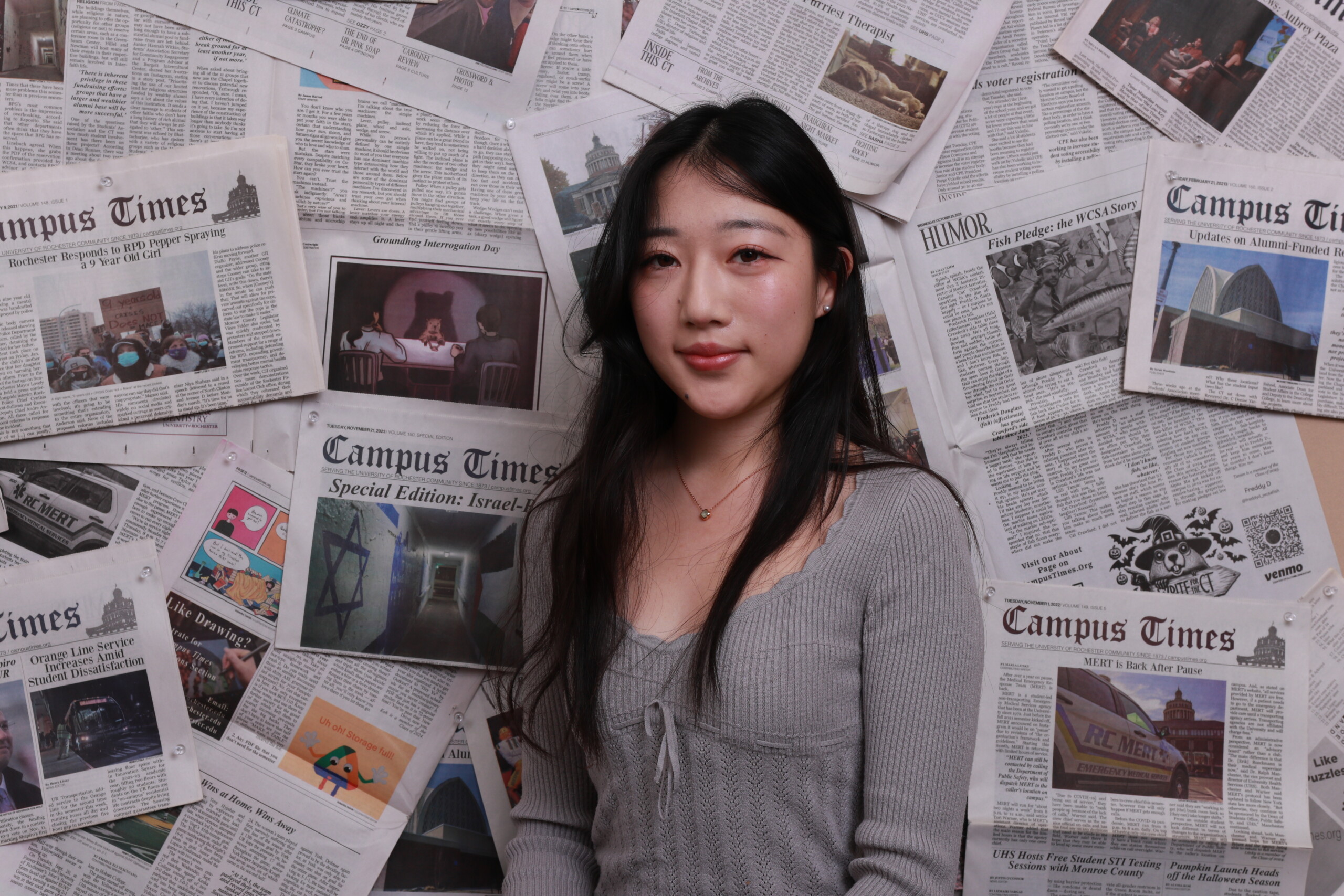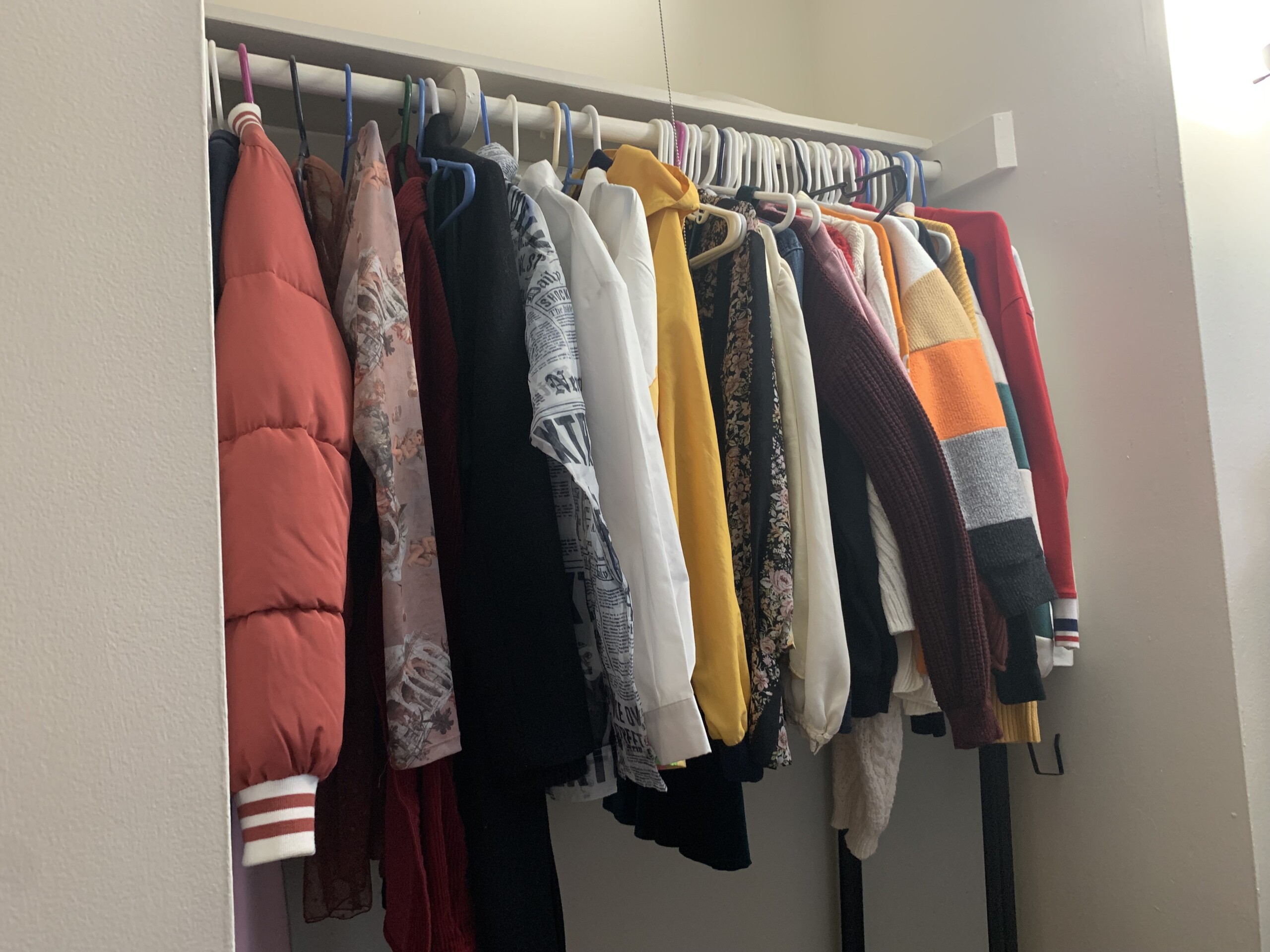“Vain trifles as they seem, clothes have, they say, more important offices than merely to keep us warm. They change our view of the world and the world’s view of us. There is much to support the view that it is clothes that wear us and not we them; we may make them take the mould of arm or breast, but they mould our hearts, our brains, our tongues to their liking.” —Virginia Woolf, “Orlando.”
In an ideal world, fashion can exist simply as a vehicle for self-expression — limited, in theory, by nothing save for our own imaginations. In practice, these innocent narratives painting fashion as solely a means of showcasing our unique personalities and styles are not just idealistic and untrue; worse, they are insidiously endorsed by the industry itself to distract us from considering the alternatives: that fashion, not unlike many other institutions of contemporary times, is an industry constantly being manipulated on a massively systematic scale to maximize revenue and profit.
Indeed, to understand fashion as a tightly controlled industry requires us to confront an uncomfortable truth: that the fashion choices we make are often not entirely our own, and instead are more closely decisions that the fashion industry giants have made for us through targeted advertisements, coordination with influencers and celebrities, and other techniques that manufacture demand.
What’s more, to simply recognize the sheer scale of the fashion industry is only to scratch the surface of the overarching issue, as further probing raises a myriad of even more sinister questions. Where, say, are the resources that allow for the instantaneous mass-production of pieces that catch the viral attention of TikTok or other platforms derived from? Better yet, what are the working conditions that allow for increasingly competitive prices of fast-fashion garments? What is the purpose of outsourcing labor to third-world countries?
The answer: it all stems from taking advantage of a vicious cycle, where manufactured demand and inflated interest lead to a spike in demand of a particular product, only to be replaced by a new garment within the span of just a few weeks. It’s easy to understand how lucrative it is to capitalize off of this cycle (dubbed “microtrends”); in the wake of Tiktok and increased social media usage as a whole, harnessing the millions of impressions generated within the span of just a few days or hours is an effort that promises staggeringly high profit.
But this spike in demand is inevitably unstable and highly transient, making it vital for manufacturers to put out products with unprecedented speed to capture the attention of consumers before the wave of interest peters out. Coupled with the sheer number of fashion retailers seeking to profit from these fashion cycles, a “race to the bottom” is initiated, where manufacturers compete to produce desirable products at competitive prices using a concoction of cheap materials, lazy design, and unethical labor practices. One only has to take a glance at the past controversies of global fast-fashion giant SHEIN to understand how such practices are implemented at the expense of the laborers’ livelihoods. Numerous reports alleging 16-hour work days, monetary penalties for making mistakes on garments, bare-bones pay (with some reports of wages only of around $500 a month), have arisen in the past year, coupled with a general lack of transparency and accountability for inhumane working conditions.
It might have been possible a few years ago to pin such popularity on ignorance — granted, many were simply not aware of just how acute the issue of cruelty and injustice that sustains the fashion industry is — but, arguably, you’d be hard-pressed to find someone who doesn’t generally understand that consistently cheap clothing requires an economic model that boasts even cheaper labor and production costs. Even so, such a degree of understanding is not ubiquitous across all fast-fashion brands. Because price has become so strongly associated with quality and, implicitly, ethicality, higher-priced brands such as Urban Outfitters and Artizia maintain a guise of ethicality while using more or less the same practices: of outsourcing labor to countries where productions costs are cheaper, and mass-producing designs and garments that contribute to the same trend of overconsumption and wasteful excess.
It’s important to understand just how deceptive the industry is. The bright, alluring “sale” stickers on online sites that make it seem like it’s a really, really good deal? You can guarantee that the cost of production is likely still hundreds of times cheaper than the retail price. Likewise, Aritzia’s sleek, minimalist online marketfront that intentionally matches the classy colors and silhouettes of the brand’s garments isn’t solely in the service of some aesthetic — instead, it’s designed with intent to emulate the feeling of high-class and thus justify their prices when there is no substantial difference in the manufacturing process.
Generally, however, it seems that there exists a fundamental cognitive disconnect: I can almost guarantee that all of us, myself included, have purchased at least once from a fast-fashion brand that utilized unethical labor practices, yet I doubt any of us would outright say that we support exploitation in the service of cheap and trendy fashion. It’s ridiculous to actually articulate that you value, say, five trendy tops over the livelihoods of exploited overseas workers, yet this is the reality — because we don’t want to think of ourselves as bad people, we shy away from attempting to fully understand the consequences of our actions and rationalize our decisions by blaming it on systematic issues that seem beyond our control.
The phrase “no ethical consumption under capitalism,” which originated as a phrase intended to take wrongful blame off of low-income communities who cannot afford alternative options, has arguably been co-opted into a phrase that relieves even the most privileged of their capacity to practice conscious consumption. Furthermore, as tempting as it may be to simply shirk our responsibilities by asserting that a singular person’s efforts to live sustainably cannot hold a candle to the systematic unethicality that plagues the fashion industry as a whole — and thus that such efforts are meaningless — the notion that conscious consumption on an individual level cannot produce any meaningful or substantial change fosters a defeatist attitude that extinguishes any semblance of change before it can even begin.
All of this is not to say that people who purchase from fast-fashion brands are bad people. Of course, no one is perfect, and there are financial circumstances that restrict people from purchasing garments at the ridiculously expensive price points that sustainable garments often are. Good faith calls for conscious consumption have never aimed to exclude the privilege of purchasing clothing that makes you happy to the rich, and, of course, those who cannot afford to consistently buy sustainably should not be looked down upon. Yet, for those of us who can afford it, we should not underestimate the impact we can have as individuals. After all, the fashion industry is dependent on demand from its consumers. We can choose to minimize our direct participation in exploitation when we can feasibly do so — we are not, and will never be, utterly powerless in the face of injustice.



